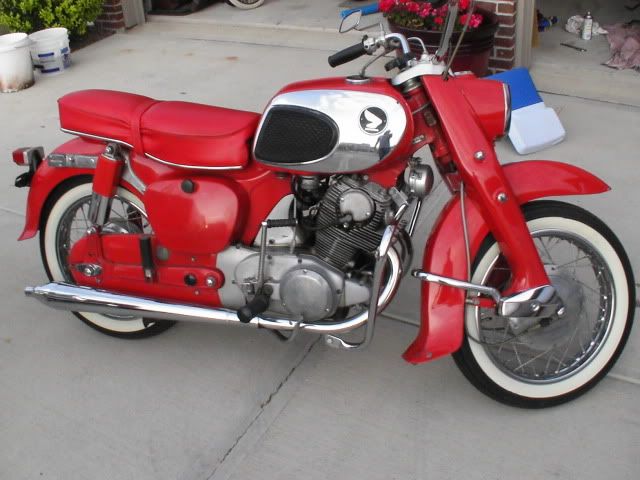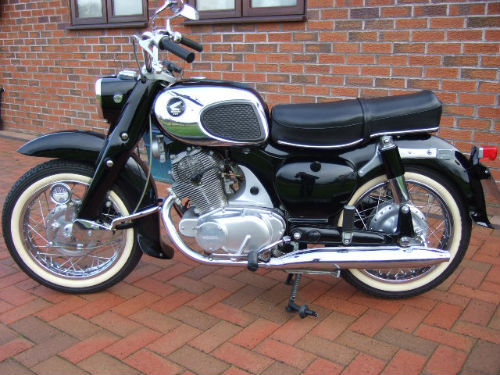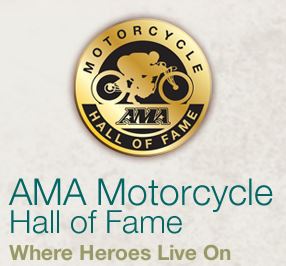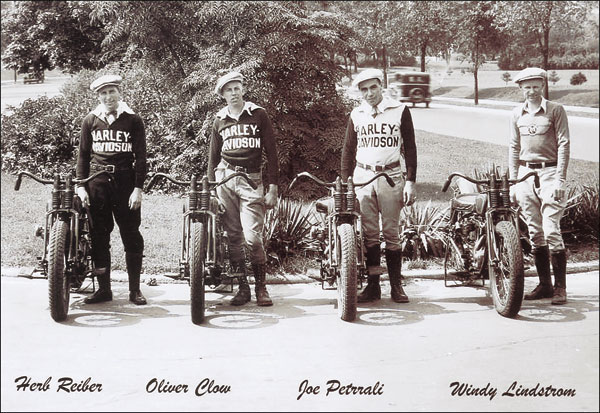



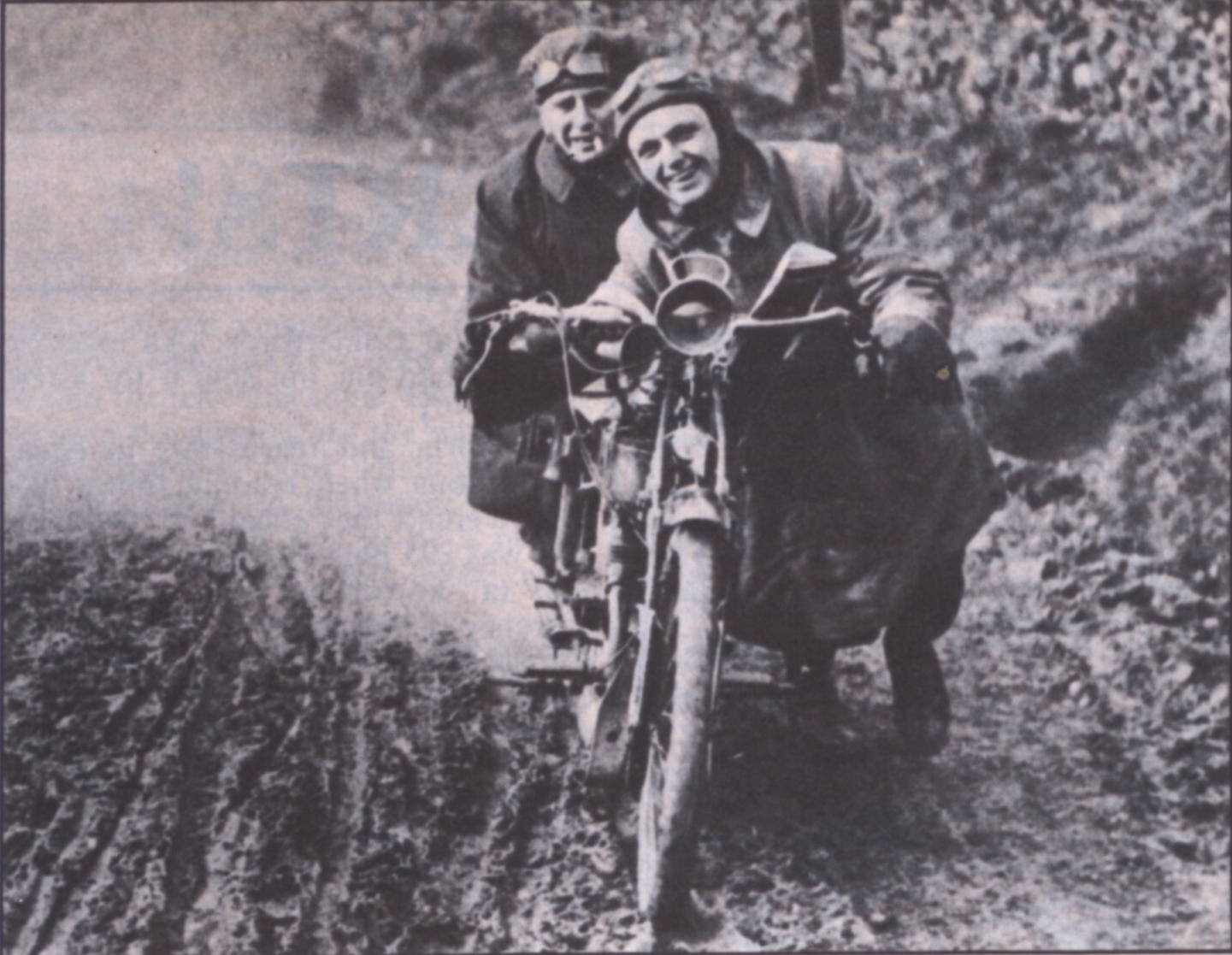
Phelon & Moore (P&M) introduce their 4-speed, 770cc V-twin motorcycle.
On July 7, 1914 P&M revealed partial details of their prototype 90-degree V-twin, their first deviation from their award-winning, single-cylinder bikes. The V-twin featured a 4-speed transmission at a time when the American V-twins (i.e. Harley-Davidson, Indian, Excelsior) were still using 2-speeds. The 770cc P&M V-twin was rated as a robust 6 hp. Sadly, it appears that only a handful of the V-twins were built, though it appeared in catalogs until the fall of 1916. The 4-speed used on the V-twins was re-introduced in 1922 on the one-lung models when the motors were increased from 499cc to 555cc.
Did you know that the 1905 P&M models are considered the 'first completely chain-driven motorcycles' and that their 498cc models competed in the first International Six Day Trials (ISDT) that were held August 18-23, 1913 on Carlisle in Cumberland, part of a region of North West England known as the ‘Lake District’ and finally, that the Royal Flying Corps used P&M motorcycles during the First World War?
Today in motorcycle history proudly supports the National Association for Bikers with a Disability (NABD). www.nabd.org.uk



